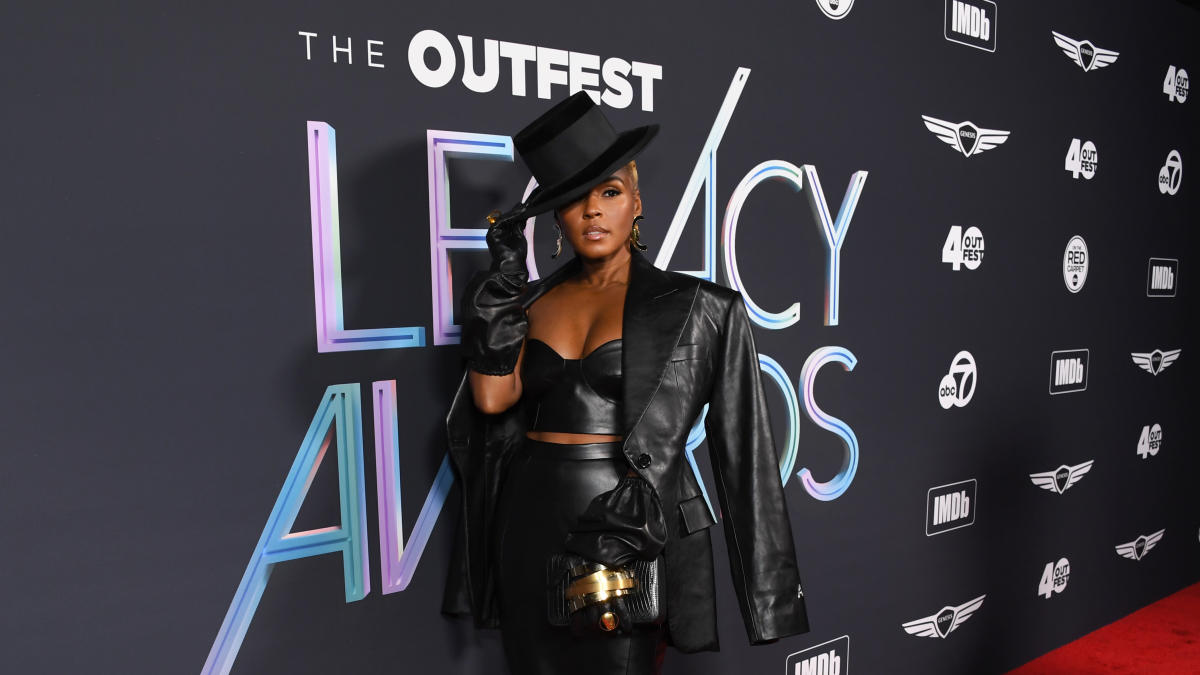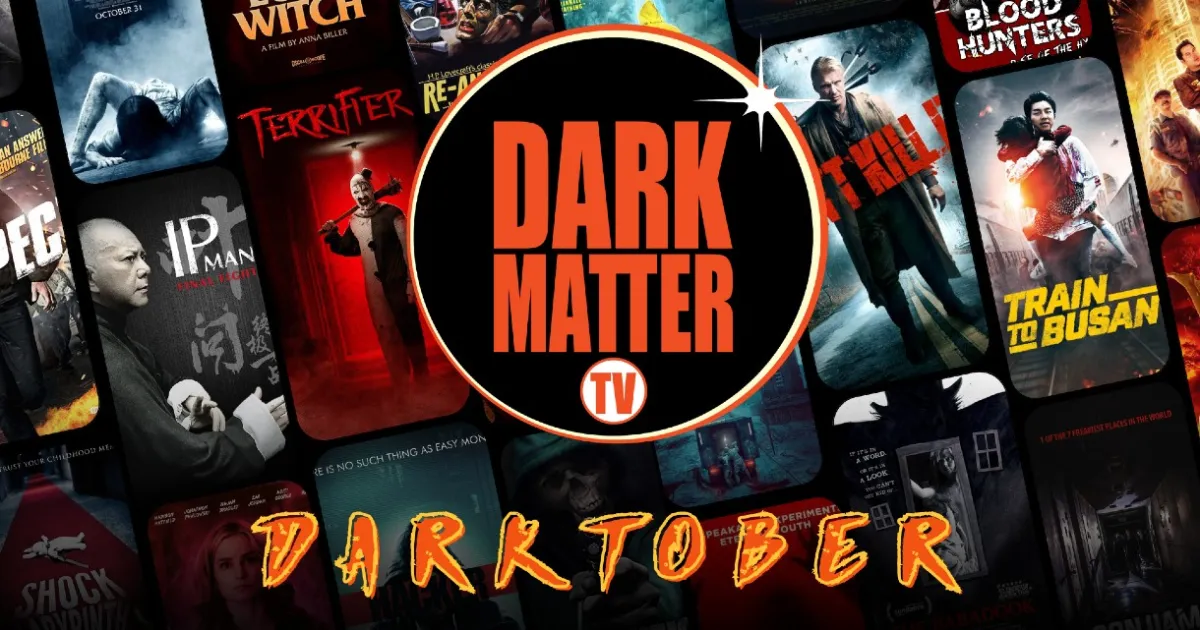Everything is different as the performing arts world feels its way back into being together and breathing the same air, but in a way that won’t infect and kill each other.
As everyone hopes to be headed toward a post-pandemic world, the question of accessibility, of finding a way to bring everyone—and not just select groups—together continues to be asked and answered in new ways.
A.B.L.E. Ensemble’s goal is to provide performing arts experiences for people with Down syndrome and other intellectual and developmental disabilities. With an acronym standing for Artists Breaking Limits and Expectations, the ensemble had to think carefully about the needs of its participants this year, needs that they recognize have grown in intensity because of years of isolation.
This spring, they have four ensembles serving a total of 35 actors ages 16-52.
“Since this is the first time many of our actors have been together in person in over two years, we’re doing something a little different this spring,” says Katie Yohe, A.B.L.E.’s founder and artistic director. “We’re focusing our semester on rediscovering the joy of being together, playing games, and enjoying some time to play.”
Instead of picking a show and working toward producing it, they’re going to livestream their rehearsals May 22-24 and let audiences get a behind-the-scenes look at their process.
“Social situations take a lot of processing energy, and we all need to rebuild those muscles,” Yohe says. “I’m exhausted after a trip to the grocery store, let alone a two-hour rehearsal. I’m so glad we’ve been able to offer programming throughout the pandemic, but sitting in your Zoom square is definitely not the same as being up and in 3D.”
Seesaw Theatre produces multisensory theatrical experiences for small audiences, giving each audience member an “adventure guide” who plays with them throughout the performance. During the pandemic, it created virtual, sensory-based theater.
According to a letter on its website from artistic director Ilana Abusch and executive director Julia Hogan Laurenson, “Although we missed getting to interact with our audiences in person, a silver-lining we found in this virtual year was that our work became far more accessible, and we were able to serve far more audience members than we have in our normal, in-person years.”
Their tenth-anniversary 2021-2022 season includes three shows. Dates have not yet been announced for the spring show, Dino-Mite Dig.
Sampling of accessible spring shows:
By and for those with diverse abilities
Special Gifts Theatre presents Disney’s The Lion King Jr., 4/23-4/24, Walter R. Sundling Junior High School, 1100 Smith Street, Palatine, with virtual shows 5/5-6/5. It also offers Disney’s Moana Jr., now through April 24, virtual edition, specialgiftstheatre.org.
Tellin’ Tales Theatre, Divercity, 5/13-5/16, Greenhouse Theater Center; Teen Tales, 6/25-6/26, Loyola Park, tellintalestheatre.org.
Special access options
Goodman Theatre, Good Night, Oscar, 4/9 2 PM, audio description and touch tour; 4/15 8 PM, ASL interpreted; 4/16 2 PM, captioning; Relentless, 4/24 2 PM, audio description and touch tour; 4/30 2 PM, ASL interpreted; 5/1 3 PM, open caption, goodmantheatre.org.
Lyric Opera of Chicago, Tosca, 4/9 2 PM, audio description, lyricopera.org.
Northlight Theatre, Intimate Apparel, 5/4 7:30 PM, sensory-friendly performance; 5/7 2:30 PM, audio description, captioning, northlight.org.
Shattered Globe Theatre, Rasheeda Speaking at Theater Wit, 5/6 6:45 PM, audio description and touch tour, sgtheatre.org.
Chicago Shakespeare Theater, All’s Well That Ends Well, 5/18 1 and 7:30 PM, captioning; 5/20 7:30 PM, ASL interpreted, chicagoshakes.com.
Steppenwolf Theatre, Seagull, 5/19 7:30 PM and 6/11 2:30 PM, captioning; 5/22 7:30 PM, ASL interpreted; 6/5 2:30 PM, audio description and touch tour, steppenwolf.org.
It isn’t just the theaters committed to creating space for people of all abilities that have had to make changes to their accessibility options. Charlotte “Chuck” Gruman is an arts accessibility consultant who was coordinating sensory-friendly performances and accessibility options for the Goodman, Second City, and others when the pandemic hit. She was training theater staff on how to interact with people who have disabilities and crafting social narratives to prepare people for a theater experience.
Gruman describes herself as being on the spectrum and having multiple categories of neurodiversity, abilities that she brings to her consultancy as she works with arts organizations. The pandemic, while cutting off access for many people, also brought organizations further into the world of accessibility almost overnight.
“[Organizations] are definitely still doing accessible programming, but access is changing,” Gruman says. “It ended up helping the theater community. They had never thought of the importance or demand of having closed captioning on their videos and image descriptions for their shows. Overnight, they created online access to shows or recorded access.”
Theaters are still offering large-print programs and accessibility stations with sensory-friendly tools and a social narrative.
“Creating accessibility programming benefits everyone,” Gruman said. “Even though it might be designed for someone who is blind or has low vision, it is also super helpful for someone with ADHD or autism.”
Touch tours—an accessibility option that allows people to touch the stage and the fabrics of the costumes—are formatted differently as Equity currently forbids non-company members from being on union stages.
Andy Wilson, house manager for the Goodman, says they have a specific date set for each production that offers audio description and what is now being billed as “alternate pre-show sensory introductions” that are acting as the touch tours. These tours start with the costume shop bringing out wardrobe pieces to the lobby, describing them and inviting audience members to touch them. They then move into the space, and the audio describer gets on the stage and describes it while walking through it, sometimes knocking on parts so audiences can hear where the audience describer is standing and what they are talking about.
“We used to be able to do a stage walk with our guests, but our current Equity rules for COVID safety is that we can’t do that for now,” Wilson says. “But we are hopeful that will come back soon.”
Instead, they have designers bring stage models out so that people can run their hands along them and get an idea of the spatial arrangement of the stage. People involved in the show, from actors to choreographers, come out and talk to the audience, focusing on physicality and physical descriptions of what they look like, how they move, and how they sound.
How can people find accessible programming? Two organizations offer online resources. The League of Chicago Theatres website maintains a calendar of accessible events at chicagoplays.com/access/.
Meanwhile, the Chicago Cultural Accessibility Consortium has a calendar of all accessible arts events in the city, from the Lyric Opera of Chicago’s audio description of Tosca to captioning at Second City. That calendar is available at chicagoculturalaccess.org/events/.






